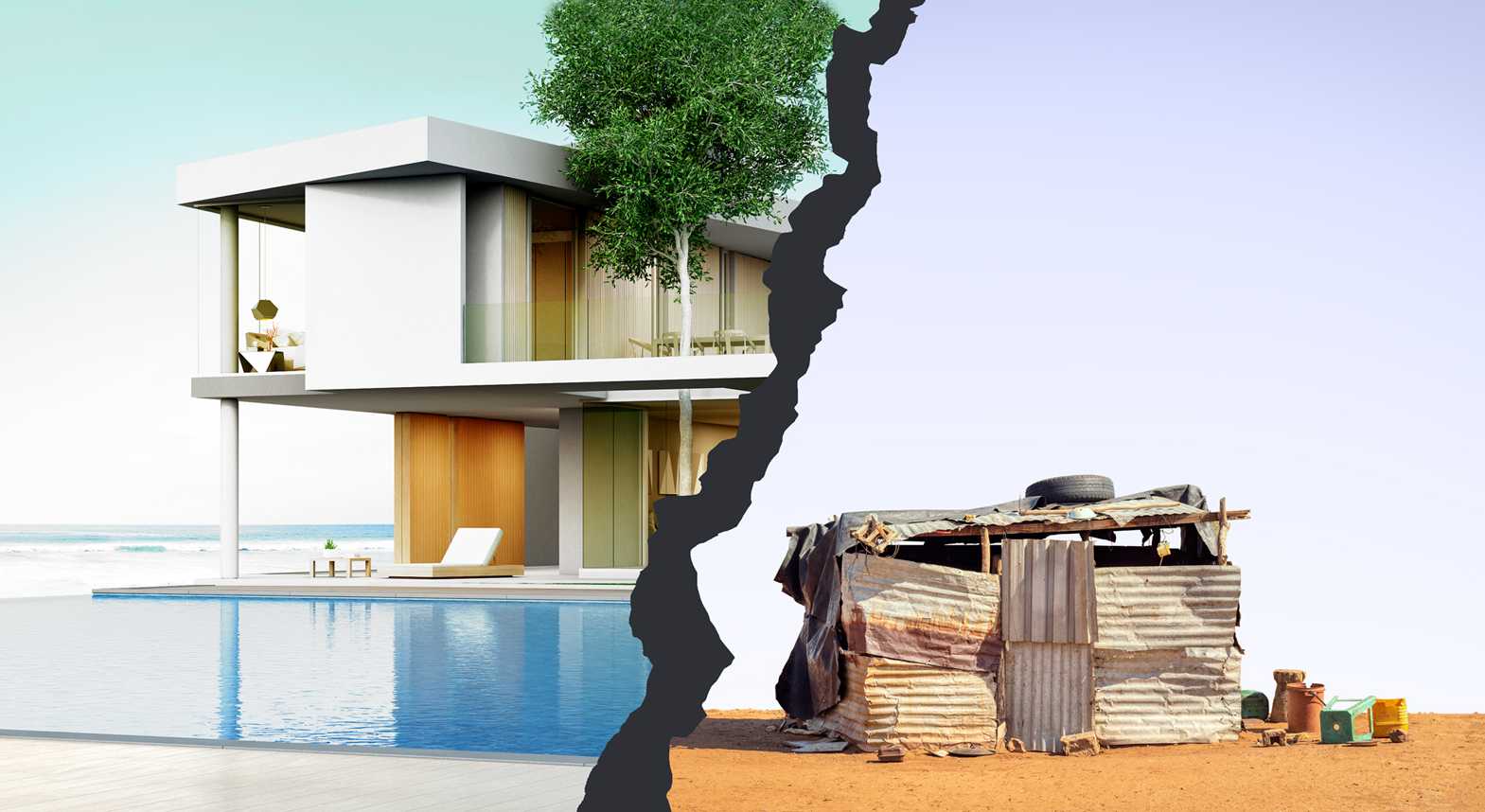D-BAUG @Science City 2021
This fall, the programme of Treffpunkt Science City revolves around the theme "Rich and poor — how inequality arises and how we overcome it". D-BAUG will be present with four contributions from the field of civil engineering. Registration for the free educational programme starts on November 15 and 21 respectively (only in German).

Wealth is unequally distributed around the world. ETH researchers try to improve living conditions around the globe – for instance, by developing new materials for construction. Learn more about the ways in which D-BAUG makes an impact.
"By hook or by crook", Laboratory Tour, 21 November
The construction hall is a huge laboratory for experimental research with an area of 45,000 cubic meters. Here, large-scale structural tests are carried out on construction materials using special facilities. Testing something in this lab often means stressing the construct until it is destroyed. Do new materials pass the heat test in the oven of up to 1200 ° C? And how stable is a truss made of modern wood materials?
Guided tour with Dominik Werne, Head of the laboratory for experimental research.
"A shell made of construction waste", Workshop for Kids, 21 November
Houses have been plastered with clay for over 9000 years. The ancient material is gaining in importance again. Oxara has succeeded in producing a clay-like building material from construction waste. Is it the material of the future? You can see for yourself. Get a taste of ETH air in the laboratory for experimental research. Make a formwork out of cardboard and then cast your desired object with your self-made clay mixture.
Workshop with ETH-Spin-off Oxara.
"Poured earth as eco-concrete", Lecture, 28 November
Earth material has been successfully used as building material in many areas of the world for a long time. Unlike conventional building materials, earth is available everywhere, causes virtually no CO2 emissions and is inexpensive. The ETH spin-off Oxara has succeeded in tailoring clay properties to produce cement-free eco-concrete. But can poured clay-based material compare to ordinary concrete? And is the new building material the sustainable solution to enable affordable housing worldwide?
Lecture with Gnanli Landrou, co-founder of the spin-off Oxara, and Letizia Caderas, civil engineer at D-BAUG.
"Earthquake homemade", Laboratory Tour, 28 November
In April 2021, one of the largest geotechnical centrifuges in the world was installed underground the Hönggerberg. The resarch infrastructure will enable researchers to simulate geotechnical structures as well as the effects of natural hazards. For example, the researchers can measure how the soil structure changes when a bridge is placed on it. The centrifuge weighs 25 tons and has a 9 metre long rotating arm. By rotating, the centrifuge can be propelled to 250 times the gravitational acceleration. For the first time, the public is allowed to visit the centrifuge.
Guided tour with loannis Anastasopoulos, Professor of Geotechnical Engineering.
Science City Download program brochure
Missed the lecture? No problem, on Download Science City's YouTube channel you can find the recorded lectures.